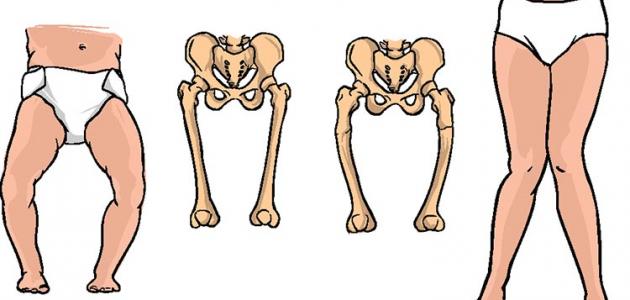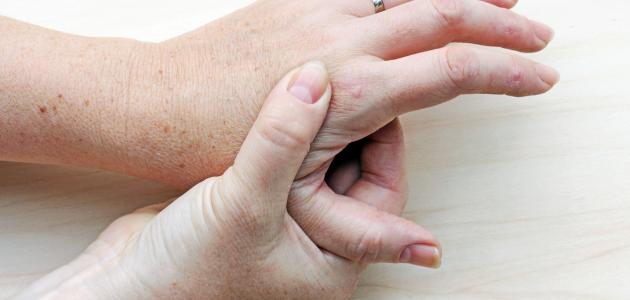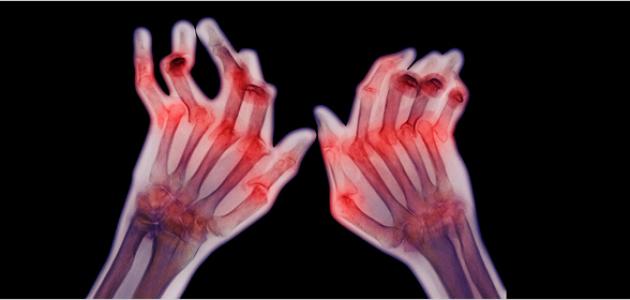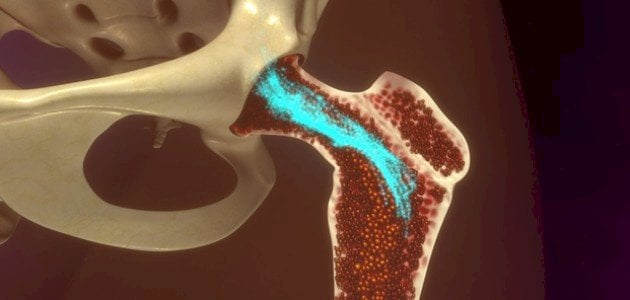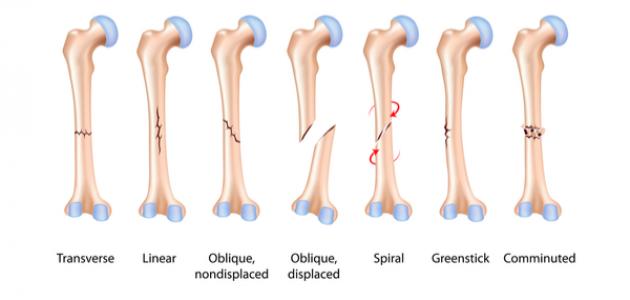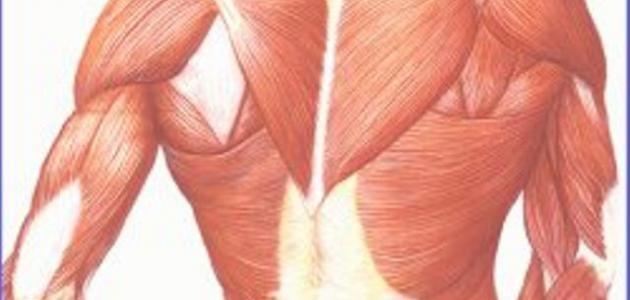Rickets
Rickets is considered a fairly common disease in developing countries, and rare in developed countries. It is a disease that often occurs as a result of malnutrition and a deficiency of some bone-forming elements such as calcium, vitamin D, and phosphate, which leads to bone softening. It is weak and easy to break, and in some severe cases it may lead to bone structural deformities. Although rickets is more common in children between the ages of six months and three years due to the rapid rate of growth in this period, rickets can also affect Adults also, in this case it is called osteomalacia (in English: Osteomalacia), and it should be noted that rickets may be caused by a liver disease, or a digestive system problem in some cases.
The relationship of vitamin D to rickets
Although there are a number of different causes that may lead to rickets, vitamin D deficiency is considered the main cause of the disease, as vitamin D has an important role in helping absorb calcium and phosphate from the intestine and regulating their levels in the body. Vitamin D deficiency in the body leads to To an imbalance in the proportion of calcium and phosphate in the blood, which causes the body to secrete a hormone that withdraws amounts of calcium and phosphate from the bones, leading to weakness and softening of the bones. Vitamin D can be obtained from many different food sources, such as fish, eggs, and milk products, and it should be noted. The human body is capable of manufacturing vitamin D when exposed to sunlight, so care must be taken that children receive a complete diet and expose them to sunlight on a regular basis. It is worth noting that the incidence of rickets in children has decreased over the past years in developed countries as a result of production of Baby foods fortified with nutrients, including vitamin D.
Read also:Legs pain
Symptoms of rickets
There are many different symptoms that may accompany rickets, and the severity of symptoms varies from one person to another, and may be intermittent in some cases. Below is a list of some common symptoms:
- Feeling pain in the bones.
- Bones are easily broken.
- Stiffness of the limbs and loss of flexibility in infants.
- Feeling the softness of the baby's skull.
- Low levels of calcium in the blood.
- Swollen cartilaginous ribs in the chest, and protrusion of bones in the area where the ribs connect to the breastbone.
- The appearance of Harrison's groove, which is a horizontal line that clearly appears at the point where the diaphragm connects with the chest ribs.
- Knees colliding together in older children.
- The child's short stature and low weight.
- Bowed legs in young children.
- Deformities appear in the pelvis, spine, and skull in some cases.
- Widened wrists.
- Muscle spasms can affect all parts of the body.
Risk factors for rickets
There are some factors that may increase the risk of developing rickets, including the following:
Read also:arthritis- Premature birth: The chance of contracting the disease increases in children who have not completed the normal duration of pregnancy and were born early.
- Black people: The body's ability to produce vitamin D from sunlight is weaker in these people, while it is higher in people with light skin.
- Take some types of medication: Some types of medications interfere with the body’s ability to benefit from vitamin D, such as some antiviral medications used to treat AIDS, in addition to medications used to treat neurological seizures.
- Limiting the child’s nutrition to breastfeeding: Breast milk does not contain sufficient amounts of vitamin D, so children whose nutrition is limited to breast milk should be given drops of a nutritional supplement that contains vitamin D, or some foods appropriate for the child’s age should be added to his diet.
- Reduced exposure to the sun: The risk of developing rickets increases in children who live in countries located at northern latitudes of the Earth, due to their reduced exposure to the sun.
- Vitamin D deficiency in pregnant mothers: A pregnant mother suffering from a vitamin D deficiency during pregnancy may lead to the baby being born with some symptoms of rickets, or the symptoms of the disease appearing within a few months of birth.
Read also:Right shoulder pain
Treatment of rickets
Treatment of rickets depends on the main cause that led to the disease. If the disease is caused by a health problem such as kidney disease, the focus is on treating or controlling this problem. However, if rickets is caused by hereditary causes, this treatment is done. In the case of giving phosphorus and vitamin D medications in its active form, and in cases of rickets resulting from malnutrition, it is recommended to eat meals rich in calcium, phosphate, and vitamin D, or to take nutritional supplements such as fish oil, and increase exposure to sunlight and exposure to ultraviolet rays, and it may be necessary The patient must take calcium and vitamin D supplements on a daily basis, and receive a vitamin D injection annually.
